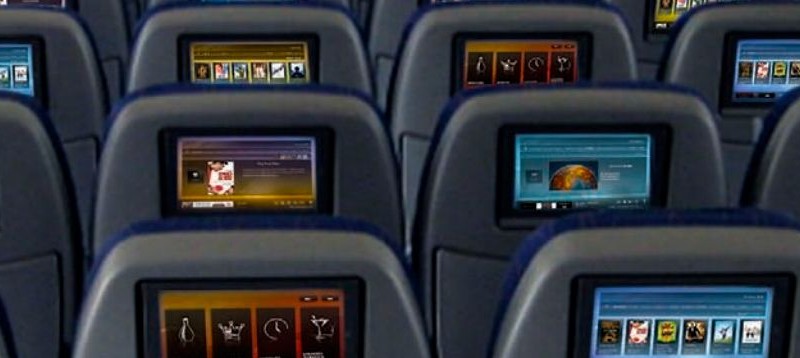Imagine if an airline could go to an online portal, see all the movies available, know exactly what point in time the movies can be accessed and see different edited versions, put them in a basket, click submit and the order would automatically go to the lab. Imagine if the lab was in the cloud – such as encoding.com or Amazon – and it would just automatically create those files.
This is the type of model that some IFE industry stakeholders are discussing in the face of the recent audio licensing brouhaha, which has shone the spotlight on a fairly inefficient content supply chain process for content ordering, licensing and delivery.
At present there is a huge bottleneck in the supply chain (it can take 30 to 45 days to get fresh content on board). The tools developed when audio/video on demand (AVOD) systems first came on the scene are very archaic. What companies are doing now is trying to integrate with APIs to work more seamlessly, but there are opportunities to go a step further and embrace an iTunes-type model. To essentially completely automate the supply chain process.
I know what you’re thinking – if you move to this sort of model, what happens to customization? What happens to the Content Service Providers and the labs? Well, each airline would have a very specific profile and its shopping basket would be customized. Somebody would have to write the synopsis. Some airlines really believe that by having a customized synopsis, their product will be a lot different than their competitors. Certainly, there would be airlines (niche carriers, regionals, LCCs and the like) that would not require the level of customization as, say, a British Airways, which takes a cheeky tone. But as you know, for many airlines, brand is everything so the CSP could still play its part.
But all of the administrative stuff could be automated – all of the back-office stuff, and the billing. As soon as an airline would click submit, its purchase order would be seen by the studio. The airline wouldn’t have to interface with the studio; but this process would handle fulfillment and the studio would only allow the lab to release the file to the IFE hardware providers once that’s done. And all of that could be happening in the background, not on napkins, faxes and whatever happens today.
Not everyone agrees that a massive overhaul of the system is needed. “This is a classic example where people are focusing on the guts of the process of the existing business and that may or may not be an opportunity. There are chances of streamlining and improving technology, but it shouldn’t be the big aim,” says Spafax CEO Niall McBain.
“For starters, movies are not just stuff. A brand new movie, for a Hollywood studio, is the lifeblood of their business and when you consider the ever-present threat of piracy, I can understand their cautious approach to newer, less-tested platforms. Studios aren’t going to just loan out their latest blockbusters to any platform any more than an airline is going to lease out one of its brand new A380s to a rock band traveling around South America.”
He adds, “The inflight market is not big enough to risk the integrity of their business, and piracy is enormous. This is what we come back to that people try to ignore – when they see a technical way of moving files from A to B etc.”
Even so, certain labs, like PME, have been flagged by IFE stakeholders as being well-placed to support a new model; they have content management systems and file management systems that are tied to IFE firms internally. And indeed, PME parent Global Eagle Entertainment reveals it is working to create a more efficient supply chain. “Yes, we are,” says Global Eagle CEO Dave Davis, “and that has to do with more streamlined internal processing of the content, having airlines be able to choose the content more easily and get it to them more easily.”
He tells RGN that a new system could potentially require new hardware on both ends, “but we’re very interested in that and have dedicated resources to it.”
Deluxe and Technicolor tried in the past, but they met with so many relational and political hurdles that they couldn’t do it. Are stakeholders now ready to take this sort of leap?











